#ukemi
Text


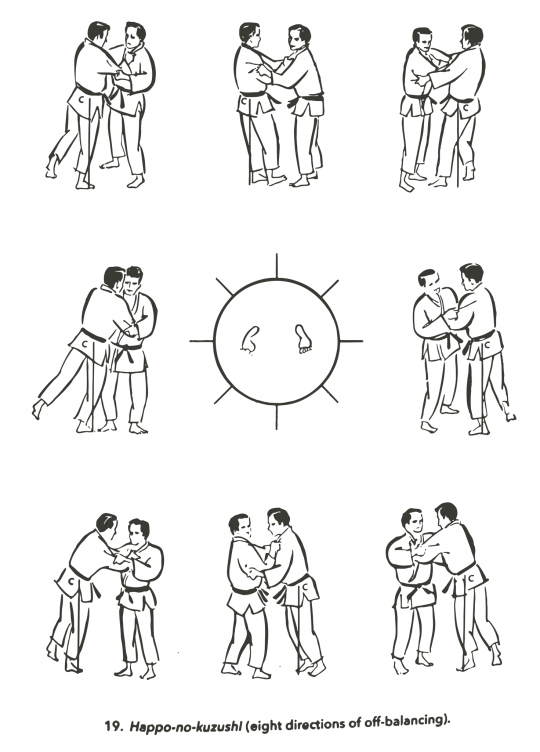

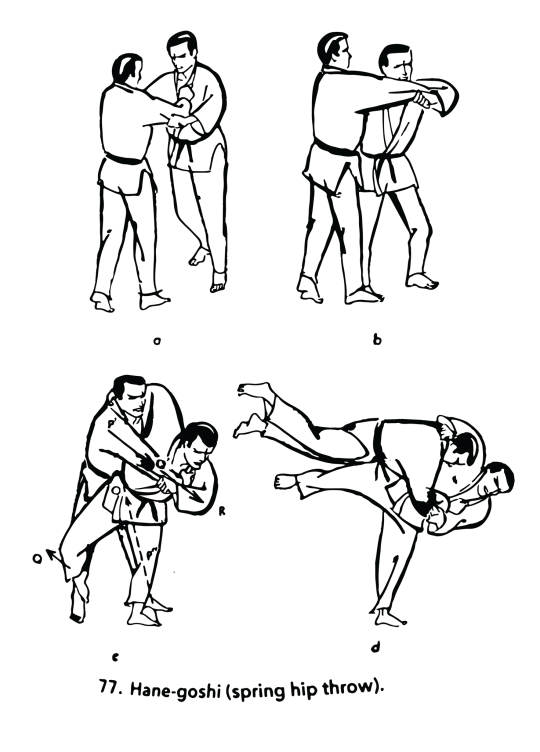
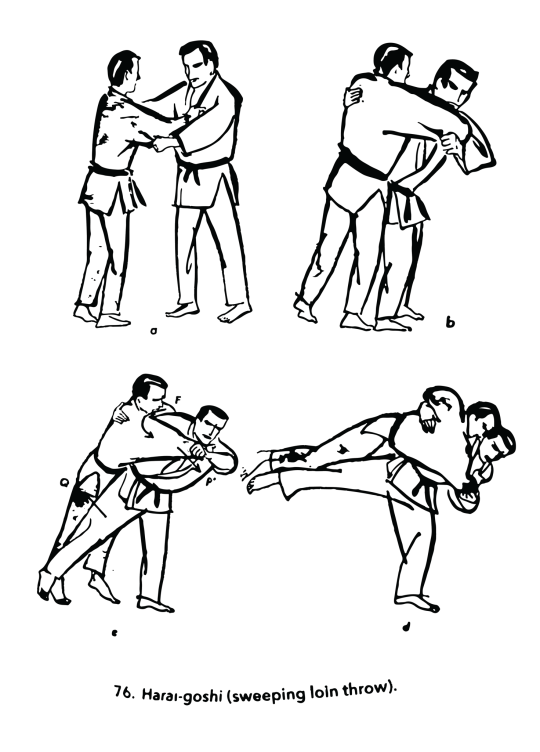
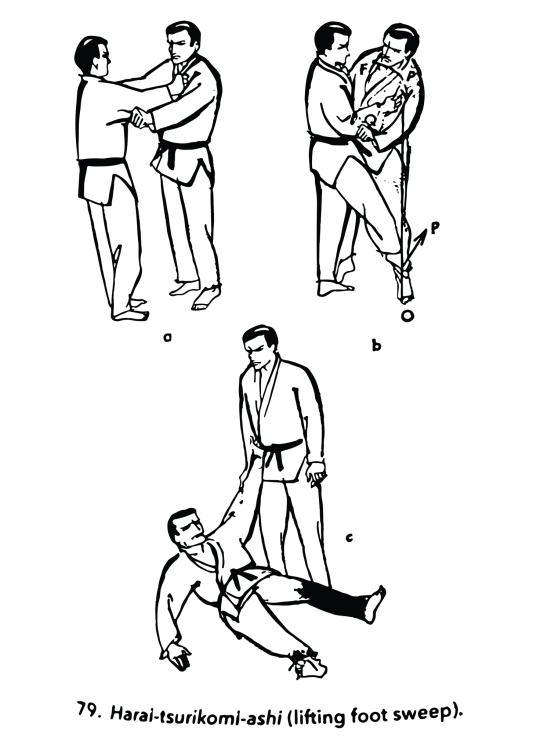


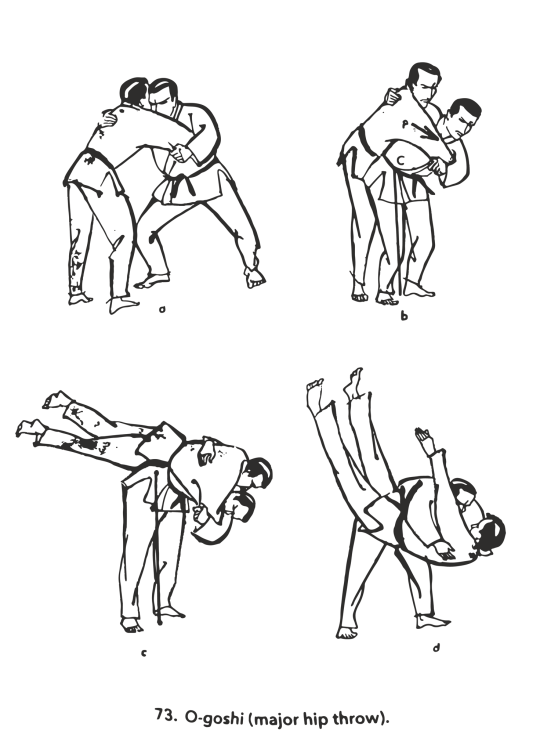
61 notes
·
View notes
Text
youtube
Traces, performance sur l'absence.
#aïkido#performance#traces#tatami#ukemi#solitude#loneliness#falling#tomber#chute#chuter#Youtube#absence
0 notes
Photo

Last night's #warmup and #ukemi from #UChicagoJudo and my 20 minutes on the #elliptical right before. Big-ups to Natalia and Kayla for trying randori and getting good movement in there! #judo #workout #CrossTraining (at Henry Crown Athletic Center) https://www.instagram.com/p/CoPluwYL_8_/?igshid=NGJjMDIxMWI=
0 notes
Text
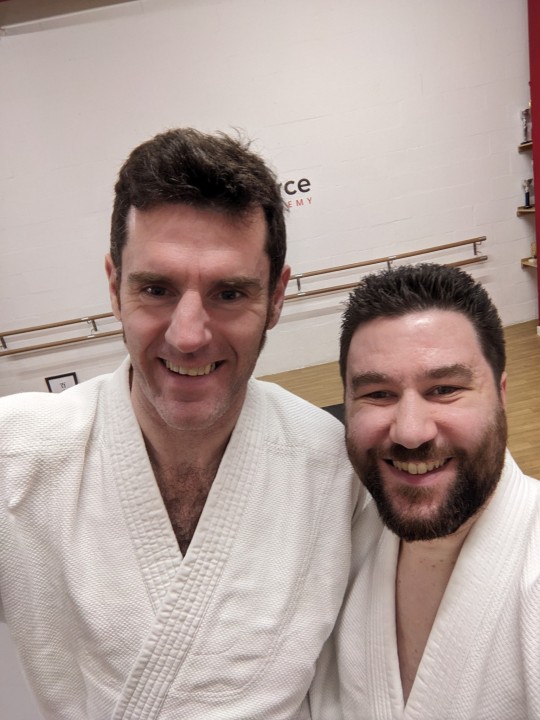
...and we're back! Let's go 2023!
Looking forward to exploring more aikido and having fun along the way.
#aikido#japanese martial arts#martial arts#trainingday#exercise#aerobics#acrobat#stuntman#samurai#keep fit#training motivation#dojo life#dojo#ukemi#breakfall#budo#bushido#workout#合気道#paisley#glasgow#scotland#uk
1 note
·
View note
Text
Can't believe I'm going to my first ever Judo class tomorrow night! I hyped!!
5 notes
·
View notes
Link
#ninja#ninjutsu#ninpo#shinobi#jutsu#shinobijutsu#martial arts#self defense#shuko#shukojutsu#togakure ryu#ukemi gata#itto dori#togakure ryu ninpo#togakure ryu ninpo taijutsu#taijutsu#taijutsu training#budo taijutsu#ninpo taijutsu#bujinkan#genbukan#jinenkan#iga ryu ninjutsu#koka ryu ninjutsu#koga ryu ninjutsu#ninjato#ninja sword#katana#samurai sword#kenjutsu
1 note
·
View note
Text
I thought it's weird that Naruto said 'I don't want to kill you' so directly to Sasuke's face therefore I looked into the raw jpn of the manga and tried to translate it myself.
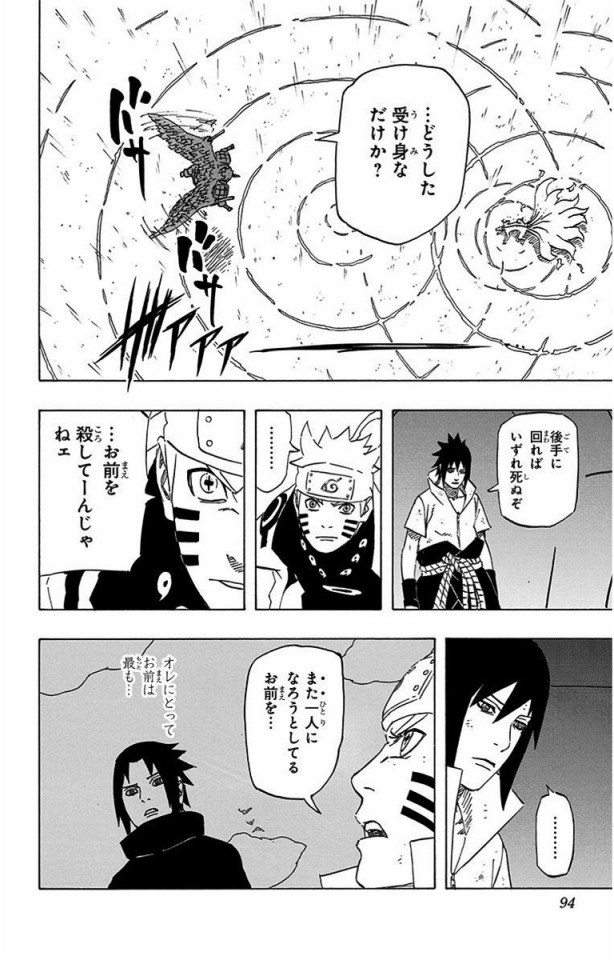

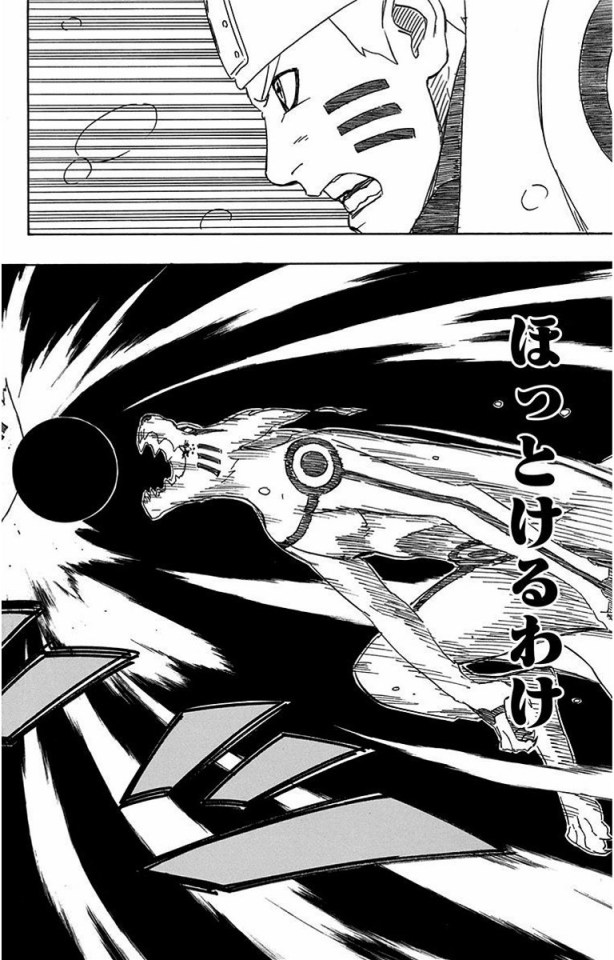
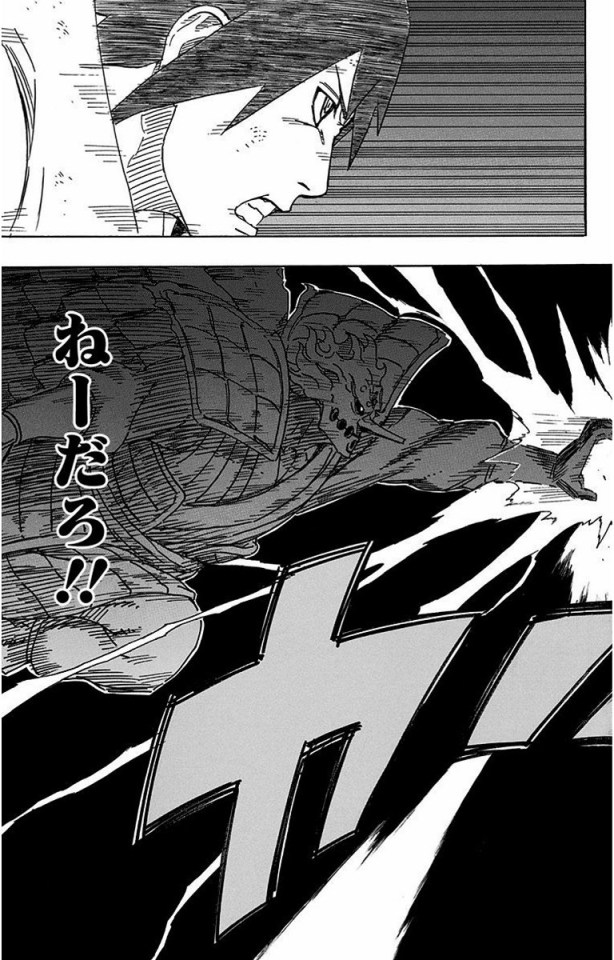
My translation:
Sasuke: ... Why do you keep only playing defensive 【ukemi, taking blows with no retaliation】? (You know) if you keep forestalling 【gote, only being reactive】 you'll die sooner or later.
Naruto: ......... (long pause, thinking)
Naruto: ... It's not that I want to kill you.
Sasuke: ......... (long pause, despondent look)
Naruto: It's (seeing) you trying to become all alone again... [Sasuke: "To me, you've become my most... intimate friend..."] I JUST CAN'T LEAVE (IT) WELL ALONE!!
Sasuke: ......... (long pause, thinking)
Naruto: Because as a pair that know that (the pit/pain of loneliness) too intimately, (seeing) you trying so deliberately to go there (to that aforementioned loneliness)...... THERE'S NO WAY IN HELL I COULD EVER LEAVE (YOU) ALONE!!
Rōmaji:
Sasuke: ... Doushita ukemi na dake ka? Gote ni mawareba izure shinu zo.
Naruto: .........
Naruto: ... Omae wo koroshitē n ja nē.
Sasuke: .........
Naruto: Mata hitori ni narō to shiteru omae wo... [Sasuke: Ore ni totte omae wa mottomo... shitashii tomo ni natta...] hottoke nē daro!!
Sasuke: .........
Naruto: Are wo shitteru mono dōshi dakara koso wazawaza soko ni ikō to shiteru omae wo...... hottokeru wake nē daro!!
Ahh I'm glad Naruto's not that coarse to Sasuke😳🥺

#naruto#sasuke#sns#trying to translate#そして頭がパンクに――#narusasu#sasunaru#ナルサス#サスナル#personal#my translation#uh yeah#my fifth kushina's drawing...#感動だってばよ、、
156 notes
·
View notes
Text

me whenever i say okizeme tatsumaki kara shoryu abare ukemi or atemi
7 notes
·
View notes
Text
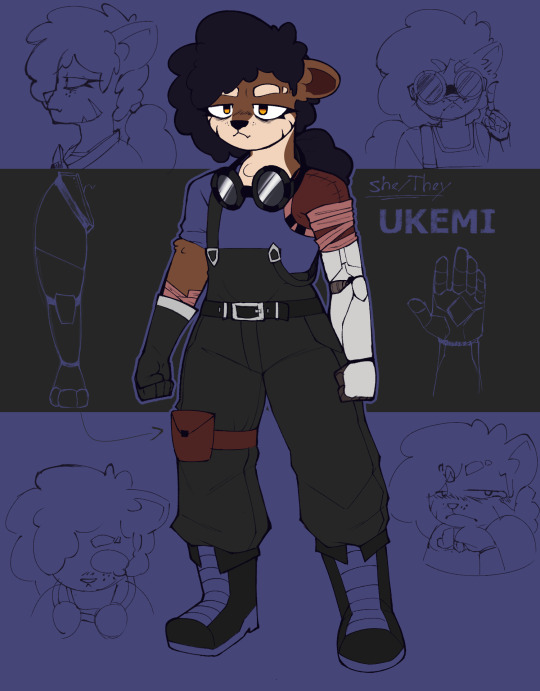
Ukemi
A new oc for Prototype Neo Zero!
#art#artwork#artists on tumblr#digital arwork#digital art#original character#digital illustration#furry oc#otter#furry#nonbinary#cyberpunk
4 notes
·
View notes
Text
LoZ - Sheikah Arts
Kokoro no Me (心の目, Mind's Eye) is a state that allows those who open it to see the truth. Which includes seeing past illusions as well as granting the ability to see past invisibility & enable them to see & interact with spirits, whether dead or otherwise. Some rare few are also gifted with other talents ranging from limited future/past sight or heightened perception not unlike what one sees from Apollo Justice in the Ace Attorney series.
As one trains their Kokoro no Me, their eyes will begin to slowly encrimson over time before turning a bright, ruby red.
This is a canonical technique, though I've added a couple of things onto the concept.
It takes years of hardwork, dedication, & asetic meditation to achieve it & is considered the birthright of the Sheikah, having originally been taught by their creator deity, whose name has since been lost to time.
The specific way that the Mind's Eye is trained is via a type of asetic training that combines the IRL concepts of Kiko (basically Qigong), Tummo, Aiki-Jūjutsu, yoga, activating the Chakrahs, & just overall spiritual growth & maturation.
I think that it'd also give the power to Scry & possibly even something like Eyes of the Night & Hunter's Mark from DnD. However, Scrying & Hunter's Mark would be the sort of things that a Sheikah would need to train specifically.
For more on the specifics of the Mind's Eye & how it's opened, go here.
---
Tōhi-Jutsu (逃避術, Escape Technique) is an essential art to know for any Sheikah warrior. For all intents & purposes, it's the art of escapology.
However, it's a mostly physical art & doesn't really work on magical bindings or sealing. One could feasibly learn a way to get passed such things, but it would require study into whatever magical binding was used, which would, at the very least, require knowledge of the inner workings of basic magical theory & sealing techniques.
---
Another extremely important skill for a Sheikah to learn is Kankyō Undō no Geijutsu (環境運動の芸術, Art of Environmental Movement; this is a name that I made up), which is an athletic discipline that allows practitioners to traverse just about any environment in the most efficient way possible using their physical abilities. This commonly involves climbing, running, jumping, vaulting, rolling, & other such movements. This is basically parkour, freerunning, & efficient climbing all rolled into one neat little package.
One part of this is Ukemi (受け身, lit. translation, recieving with/through the body), or the art of falling, which allows you to know instinctively how to fall in a way that causes as little damage as possible.
It'd also come with training to be able to use magic to enhance certain capabilities in a way not dissimilar to Step of the Wind, Slow Fall, & Unarmored Movement.
—
The Sheikah art of forging blades is known as Hachi Shita-Kitae (八下鍛え, Eight-Folding Technique) & their techniques have been passed down over several thousands of generations. In the art of bladesmithing, they are especially illustrious.
The technique involves the repeated folding & hammering of the metal to evenly distribute impurities throughout the blade, increasing its hardness & durability. The reason being that the Sheikah live in an area where the iron quality is very poor. So, they use this technique to get around it.
And while, yes, Goron iron is more high quality & more durable, it also tends to be more brittle & very inflexible. Neither are very ideal for bladesmithing as you want your blade to be able to bend a bit, but not just effing shatter entirely. A blade that bends, will typically snap instead of shatter & snapping is much easier to repair than outright shattering. As such, their own iron is still better for forging blades. The Sheikah do use Goron iron for making tools & weapons that don't really need to bend, though. Especially forging hammers, Jōhyō (chained kunai or rope dart), & Kunai.
Anyway, this technique is used to forge what are known as Kakaritō (カカリ刀). Which is just the overarching category that Sheikah blades fall under.
There have since been new developments in the Sheikah's forging style by a Masamuna family prodigy. The Masamuna family being the oldest & most skilled known Sheikah forging family. Their smithy is located in Rikoka Hills, north of Kakariko. (Inspired by the Second Wind mod for Breath of the Wild.)
One such advancement being Kaijū-Hone Yakin (怪獣骨冶金, Monster Bone Metallurgy), which is the method of melting monster parts down & working them into liquid metal. You don't necessarily need to use only bones & only use them on blades to actually be practicing this. You could weave a whip from the leather of a Lizalfos' tail &, while not Yakin specifically, it still counts as Kaijū-Hone.
Toketa Hōseki Shita-Kitae (溶けた宝石下鍛え, Molten Gem-Folding Technique) is the art of liquifying gemstones & folding them into metal to create a blade in order to impart their ingrained, elemental magic upon the weapon. The Hōseki Shita-Kitae actually being a sort of evolution of the Hachi Shita-Kitae as the folding process is essential to integrating the gemstones' magic into the weapon.
For more on the specifics of Sheikah Weapon Smithing & what sorts of weapons they make, go here.
—
Karada Yomijutsu (体読み術, Body Reading Technique) is basically Hellstromism or contact mind-reading. In other words, it is the art of talking & observing someone's facial ticks, body language, & muscle movements to discern their thoughts via their body's instinctive reactions to what is being said or what they're looking at.
For an idea of how this looks, at least in media, I'd recommend watching Now You See Me 1 & 2. While the concept is very sensationalized there, it still gives a decent idea of the idea behind it.
—
Sheikah cuisine tends to focus quite a lot on flavor pairings similarly to South Korean cuisine.
They call it Oishī Shinajīdō (美味しいシナジー道) or the art of delicious synergy. This isn't a thing they do just because; it's both a science & an art form.
Any Itamae (板前) worth their salt studies it. Itamae being a type of skilled master chef.
They also have a branch known as Eiyō Bishokugaku (栄養美食学) or Nutritional Gastronomy. Which is the optimization of food through the use of certain ingredients to strengthen the body in different ways.
It's basically a more scientific version of how the games use food effects.
Though, neither Eiyō nor it's sister concept of Bunka Bishoku (文化美食) are studied as ardently or as widely as Oishī Shinajīdō.
Bunka Bishoku being Cultural Gastronomy, which is the study of the cultural & history behind foods & ingredients.
---
There is also Kiridō (斬道, Cutting Art), the art of the knife. Which is broken down into 2 branches: Kirijutsu & Santoku. Which are 2 different types of knife styles.
Kirijutsu (斬術, Cutting Method) specifically being the martial or self-defensive use of knives, such as Kunai or Kodachi, & is easily adapted to the use of sickles. Meanwhile Santoku refers specifically to the use of the knife in the kitchen.
Santoku (三徳, Three Virtues or Uses) refers to the 3 uses for kitchen knives: slicing, dicing, & mincing.
While one can learn Santoku separately from Kirijutsu if they so desire, it is thought in Sheikah culture that in order to get the full understanding of all that a Hōchō (包丁, Kitchen Knife) is capable of, one must also know how to defend oneself with that Hōchō. Which, while Sheikah-made Hōchō are not designed with the thought of fighting specifically in mind, they are designed to be able to be used in such a way & be effective at it, if necessary. This is due to it being said in Sheikah culture that the best knifefighters know how to use a Kiri to cook just as easily as to fight & vice versa.
As a result, the best Sheikah chefs are also skilled in knifefighting.
Hōchō come in a variety of styles.
Including, but not limited to Gyuto-Bōchō (Beef or Chef's Knife), Yanagiba-Bōchō (Sashimi or Sushi Knife) & Kiritsuke-Bōchō (Executive Chef Sashimi Knife), Santoku-Bōchō (3 Virtues or Multipurpose Knife), Sujihiki-Bōchō (Slicer, Carving, or Meat Knife), Nami-Bōchō (Bread or Cake Knife), Kikusumi-Bōchō (Petty, Utility, or Fine-Detail Paring/Peeling Knife), Honekotsu-Bōchō (Boning Knife), Usuba-Bōchō (Vegetable Knife) & Nakiri-Bōchō (Home-use Vegetable Knife), & Chuka-Bōchō (Cleaver).
While each design has its uses, the Gyuto-Bōchō is considered the most versatile as it is able to dice veggies, slice meat, smash garlic, & chop herbs & nuts. It is most often used to prepare non-Sheikah dishes & can often replace most any non-Sheikah kitchen knife.
The Santoku-Bōchō is likewise very useful as it is used for the 3 virtues of kitchen knives: slicing, dicing, & mincing. It is perfect for slicing, dicing, & mincing fruit, vegetables, fish, & boneless meat. It is thought to be able to accomplish just about anything a non-Sheikah kitchen knife can & is considered a multipurpose Home Chef knife.
Honekotsu-Bōchō is an all-around meat, fish, & boning knife that can be used for anything from delicate filleting & detailed boning, to larger cuts of meat, & even heavy boning depending on the sharpness. It can specifically be unsharpened for heavy work or sharpened for fine detail work. (In terms of meta-narrative, Honekotsu-Bōchō are sort of a fusion between the real world Honesuki-Bōchō & Hankotsu-Bōchō.)
Anyway, when knives are worn down or become broken, they are not merely disposed of as, much like any tool & especially swords, the Sheikah believe that over the years of use that knives develop spirits known as Tsukumogami or tool spirits/gods. When this happens, it's thought that the knife becomes a very personal part of the chef & an extension of themselves, also similar to swords.
And as such, just like with swords, knives are often given burial places, or Hōchō-Zuka (包丁塚, Kitchen Knife Mound).
These Hōchō-Zuka monuments are often used to pray for improved knife & cooking skills.
It is partially due to this reverence that the Sheikah are well-known for having the least wasteful kitchens in Hyrule. As they have a culture of diligent tool maintenance. Meaning resharpening blades, replacing handles, & reviving knives & swords many times over.
As a result, Sheikah blades, both knives & swords, tend to last for literal lifetimes.
(Much of this is based on actual Japanese concepts.)
Anyway, a knife block was a Hōchō-Kaku (包丁角, Kitchen Knife Square), but the knife set itself, especially if it was fully stocked with everything a chef needs, was referred to as a Kamado Nakama (かまど仲間, Oven Companion) as the Sheikah refer to their kitchens as Kamado.
Hōchō-Kaku & Kamado Nakama generally come in 2 types: Katei-Yō (家庭用, Home) & Mamena (まめな, Diligent). As you can likely guess, one is for home-use & one is for professional-use.
Interestingly enough, it is a tradition for a woman's first Hōchō-Kaku to be gifted to her by her husband for their first house together. Generally, those tend to be Katei-Yō unless the man is either marrying a chef or is a chef himself.
---
The Sheikah have several branches of cooking specialty. To become a master of that branch is to become an Itamae (板前) or skilled master chef.
Just a few of the different types of Itamae are Sushi Itamae (寿司板前) or skilled sushi chef, a Yaki-Itamae (焼板前) or skilled grill chef or pitmaster, a Doku-Itamae (毒板前) or a type of skilled master chef who specializes in the preparation of normally poisonous or venomous ingredients before cooking & serving them. There are, of course, other types as well.
Though, even the simple Katei-Ryōrijin (家庭料理人) or homecook is still given a degree of regard.
In fact, Katei-Ryōrijin (家庭料理人) were the ones who developed a method of turning the meat from very old or sick animals tender by periodically transferring meat from the grill to ice or snow or even Ice Fruit & back again, repeatedly. This process causes the meat to shrink & expand, becoming very tender. Melt-in-your mouth tender. It also prevents the meat from ever being overcooked.
It is referred to as Yukinoyono Niku (雪の夜の肉) or loosely "Meat Eaten on a Snowy Night." The technique is now used by Yaki-Itamae because of how deliciously tender it makes the meat.
(This technique is inspired by the Korean Bulgogi method, Seol-ya-myuk, which means the same thing.)
These simple homecooks are thus considered to be natural innovators within the world of food & despite not being classified as official Itamae, are often called Tenpu Ryōrijin (天賦料理人), or natural-gift cooks, bordering on Subarashi Ryōrijin (素晴らしい料理人) or great/wonderful cooks, depending on the situation & the talent of the individual.
---
The Sheikah stealth training is known as Kakusu Tanren (隠す鍛練, Hiding Martial Training) & one way they train this is by wearing Pokkuri Geta, which are sandals with hollow bases that have little bells inside. This causes the bells to jingle while they walk.
However, much like in Dragon Ball where Goku trains with Popo, there is a way to move without disturbing the bells. Which is exactly the goal. Sheikah Warriors will often keep their old Pokkuri Geta as mementos of their training days at the Kasuto Bieldcamp. (The hidden village in TP.)
This technique is called Neko no Sanpo (猫の散歩, Cat Walk) & is part of how the Sheikah learn to become so stealthy.
In real life, Pokkuri Geta are worn by Miko.
---
Tekishutsu (摘出) is also a very useful skill. That being lock-picking. Though, not many actively practice it anymore in the modern era.
---
Sadō Shugi (茶道主義) or teaism is the art of tea-making & the tea ceremony.
Those who practice it tend to be borderline fanatical over it at times.
Think Uncle Iroh from Avatar: the Last Airbender.
I'll go more into the philosophies behind Sadō Shugi later.
---
Shadowfolk Fighting Styles
LoZ Cultural Masterlist 2
7 notes
·
View notes
Text
Obligatory First Post!
So hi! I’m Corporate Judoka. I’m a remote Systems Engineer who wanted a better way to get off ass and do something physical. I’ve always loved martial arts and always wanted to be halfway decent at one. I took Tang Soo Do as a kid and only got as far as a red belt before I had to quit. Now I’m in my early 30s and trying again with Judo.
Physically, I’m very out of shape and whatever conditioning I’ve had from rec sports as a kid or my on again off again relationship with weightlifting in my 20s have left me. I’m literally starting at a blank slate. This isn’t a fitness transformation or weight loss blog. Just a journal of me going from zero to a decent judoka.
My journey officially started in November. Here’s my stats to start of 2024:
Height: 5’1”
Weight Class: +78kg
Belt: White
Randori: 2, 2 minute rounds. Got gased out
Nage-Waza Stats:
Known Throws|Attempts in Randori|Success In Randori
Deashi-harai 0 0
O-goshi 0 0
Seoi-nagi 0 0
tai-otoshi 0 0
Notes:
Started adding a small calisthenics workout to help with building stamina.
Cannot somersault still, probably should work on flexibility.
Goal to be confident enough to do Ukemis from standing.

6 notes
·
View notes
Text
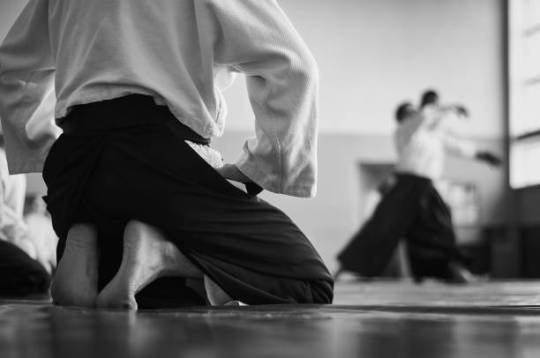
Be always grateful with the ukemi flow and turn and Never Stop Being Humble, Good Person Because Life Takes Many Turns and You Don't Know Where You'll End Thank you Sensei. JB🌹🥋
11 notes
·
View notes
Photo

Ran 3.20 km with #Nike #Run Club @nikerunning on the #FifteenMinuteRun with @coachbennett. @phaeton_the_demidog and I just enjoying the #sunrise as we move through an #easyrun where the splits are negative, but the attitude is positive and relaxed. Swipe for #sunset outside the gym where a storm gave the sky a pink tint that may not have been captured. #Judo warmup and #ukemi tracked. More new folks! So excited! (at La Grange, Illinois) https://www.instagram.com/p/CiwFxjnrnsV/?igshid=NGJjMDIxMWI=
0 notes
Text
Tsk. Poor Beatrice. Stuck in Switzerland doing two (not)straight months of emotional ukemi.
5 notes
·
View notes
Text

guys who play a game with rage arts in it talking about an extremely hyperspecific crossup wall ukemi situation being altered
3 notes
·
View notes
Text
Abimis Achasu Achum Acokol Adayum Aditil Afajil Afevus Agitos Ahuchom Ajasa Akaches Akas Aken Akunong Alecurex Amaweming Amesux Amim Amuru Anamec Aneyel Apiri Aquezin Aquim Aquobim Ariluling Arir Ashiru Asis Atezol Athecurac Athidulax Atiter Atoquil Atutun Aviraling Avubos Awafesis Awibolox Awumer Axan Axeyinu Axor Azol Basugalu Bubines Buyer Cahutum Cawose Cefawir Chajusax Chapethen Chapom Chegerameng Chevohas Chimaquos Chizun Chocuyorus Chosawis Choshal Choshur Choxayemic Chuxom Cochul Copilas Curas Danifem Decul Demesa Dethomam Deyemos Digumang Dochachum Duchosus Dugechesa Dunir Duwuring Echon Econos Edakisec Eden Edines Ediros Eduso Efohurus Efolu Ejanan Ejinox Eketosas Ekihon Ekoger Elepim Elujiming Emipom Emor Emoxiro Enerang Equahines Equuson Eshusin Esidenus Esimix Esoluc Etachuso Etamux Eten Ethuni Etogin Etuhemas Evaxas Evetalex Evezesu Evothulo Ewon Ewul Exulung Eyoni Eyuhus Eyukenax Ezuter Famihal Fecim Fejis Fidohol Fivirex Fomafuses Fothurum Foyebonong Fulum Gagicim Galejim Gapacherac Gegul Gifera Givala Giwazum Gofoyinex Gothumos Gozizim Guzemu Hasoquim Hathum Heran Hewehero Heyuma Hiquus Hirenec Hocen Hochilon Hocoquis Hoshoquanos Hothomin Humin Ibara Ibasil Ibil Ibuxel Icechasi Ichaleng Ichis Ichol Icithila Icos Icum Icusa Iduhes Idusas Ifemo Iferax Ifokin Igena Igil Ihokar Ijaru Ikir Ikoques Ilal Ilama Ilen Ilevil Ilizum Imexil Imumi Iputosax Iquishomix Iquuro Iren Ireno Irijames Iror Irun Ishela Ishesal Ishilas Itejere Itosi Itumux Ivoshonox Iwaximo Iwulas Iwuneng Ixonix Iyena Iyer Iyipim Iyororis Iyur Izemox Jajom Jashuquul Jayojiming Jeraro Jevames Jirol Jiyameng Jochicoling Jonamo Juwugun Kahumex Kajewora Kijosax Kividare Kobiras Kohino Kozum Kuvademac Kuvosox Lichecami Lipem Liquir Liwobon Lizan Logul Lovusix Lowunus Loxir Ludithenong Lupathilu Mades Mibiwina Mijul Misharu Molum Moruleng Mugoloreng Murilum Nademis Nashiham Nidiroc Nihanex Nisasox Nishegen Niwokis Nofes Nubirema Nuchan Nuches Nukoyuno Obashisec Ocethes Ochoxen Odori Ofecus Ofim Ohisung Okes Okim Omasus Omin Omisux Omumic Onarunix Onimeng Onipor Opam Opayal Opekil Opekos Opipesox Orar Orochosis Orumus Oshahan Oshem Oshoquana Oson Osul Othawolu Ovoni Ovoquume Ovorume Owame Owashis Owilo Owochon Oyare Oyor Oyosec Ozaquol Pechicem Pexovilic Peyujuri Ponan Puhewesa Puponu Quadicol Quadojin Qualas Quazus Quichuhon Quiyani Quoganos Quogogan Quokereng Rakim Repigera Rethil Rewen Rilin Rosasusi Roseming Ruthavul Sathes Selicus Seshin Seshor Sethom Sexuzama Shashayim Shathaxasu Shazesac Shequirul Shiduhon Shoban Shocesa Situthom Sizevinax Sobol Sorixon Tajunas Tamun Taquor Tathusimang Tecisix Texamex Texelis Teyom Thakel Thefeforo Theshulimo Thesirer Thirojasu Thoquixom Thuquor Ticutan Tilem Tiniru Tuthese Tuvan Ubal Ubin Ubol Ucisa Ufan Ufone Ufugena Ugafiru Ugisheso Uhiyar Ujacera Ujifelos Ujuming Ujurong Ukemi Ukumec Ulihun Ulisamang Unasi Unicholu Unim Upacimus Urenas Urulu Urupimi Usali Usamu Uthim Uvase Uvole Uvur Uweli Uxedare Uyenic Uzoyori Vamer Vasabuleng Vecemax Vegopuno Vehulu Vichen Vixalac Voyim Vuhurusa Wagojos Werones Wihorama Winam Winuzisu Wirimac Wiwer Wofanino Wumuwil Wutar Wuthunang Wutochil Xapamix Xarumal Xasasem Xehar Xewos Xezodom Xigeperuc Xijulic Xobetor Xohurele Xoton Xuchami Yaxunorac Yinikar Yisuring Yixasa Yochufomang Zawel Zawosora Zecus Zigusirex Zitacam Zobegenex Zohil Zojudileng Zowelix Zubobores Zuchor Zuseme
0 notes